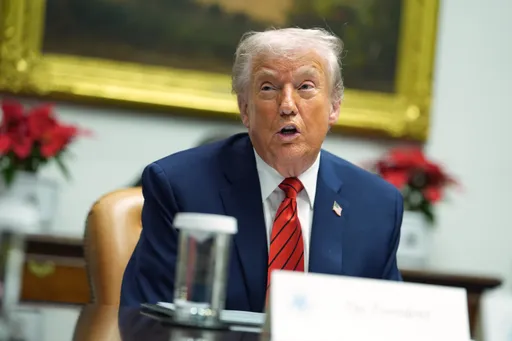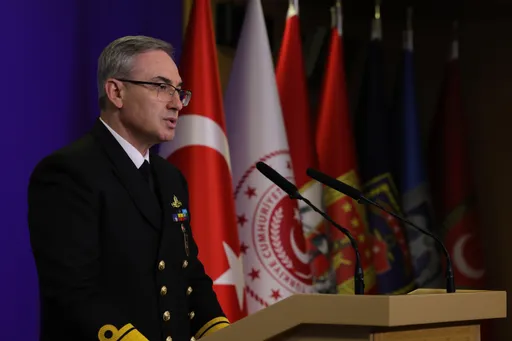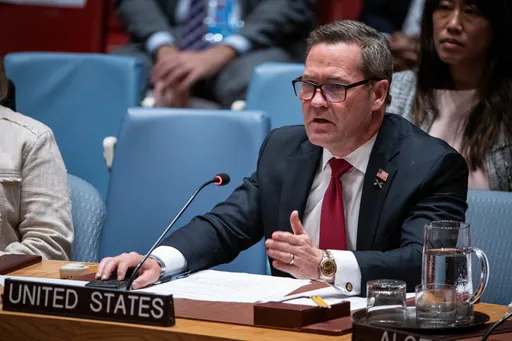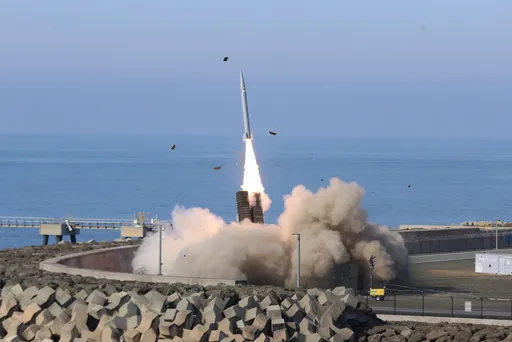As tensions rise between rivals in the Gulf, the US has decided to send troops to an army base in Saudi Arabia, in a move that would be the first deployment of American forces in the kingdom since the ousting of Iraqi strongman Saddam Hussein in 2003.
Statements from both Riyadh and US Central Command (CENTCOM) have confirmed that the deployment of US military forces in Saudi Arabia aims to combat “threats” from Iran.
CENTCOM said the deployment "provides an additional deterrent, and ensures our ability to defend our forces and interests in the region from emergent, credible threats."
The deployment of roughly 500 troops came following the ratcheting tensions between Washington and Tehran over recent months.
However, the agreement has been in the works for many weeks and it appears to not be a response specifically to Iran’s seizure of British tankers in the Persian Gulf.
Is deployment part of preparation for war?
A relatively calm atmosphere dispersed when President Donald Trump abandoned a 2015 nuclear deal between Western powers and Iran.
In last June, tensions reached a high as both sides accused each other of downing the others' drones. An American drone was shot down in the Persian Gulf by an Iranian surface-to-air missile. A few weeks later, a US navy ship destroyed an Iranian fixed-wing drone in a “defensive action”, after the drone came within “threatening range”, a claim Iran denied.
Trump and his oil-rich Saudi ally have also accused Iran of attacking tankers and drones in the Gulf since last May.
Iran denies the charges and but has in the past threatened to close the Strait of Hormuz, a chokepoint for oil traffic.
According to Andreas Krieg, a professor at King’s College London, the troop movement “is part of posturing and the US is trying to increase its military options in case of a strike on Iran”.
“Five hundred US troops in Saudi Arabia are hardly a buildup, particularly when we are thinking about a war with Iran”, said Krieg.
“These troops are there to prepare the Prince Sultan air base for potential deployment of an air squadron”, he added.
The base housed thousands of US troops and squadrons of jet fighters from 1991, starting with Operation Desert Storm after Iraq invaded Kuwait, to 2003 when the US-led invasion of Iraq toppled Saddam.
What does the military move for US-Saudi relations?
Experts say the deployment is aimed at bolstering ties between Washington and Riyadh, particularly military relations, which have recently strained.
“The Saudis… are saying if you stick with us, we will stick with you,” said James Dorsey, a researcher at Singapore’s S. Rajaratnam School of International Studies.
“The Americans are trying to say: we have your back”, he added.
But while Trump has Saudi Arabia’s back, other politicians in the US are not so warm.
In May, Trump used his emergency authorization in order to bypass approval from the US Congress to sell about $8 billion in weapons to Saudi Arabia and the United Arab Emirates.
On Wednesday, the House moved to block the arms deal, though that measure is likely to be vetoed.
It is the second time in recent months that Congress has passed bipartisan legislation condemning the administration’s relationship with Saudi Arabia.
























